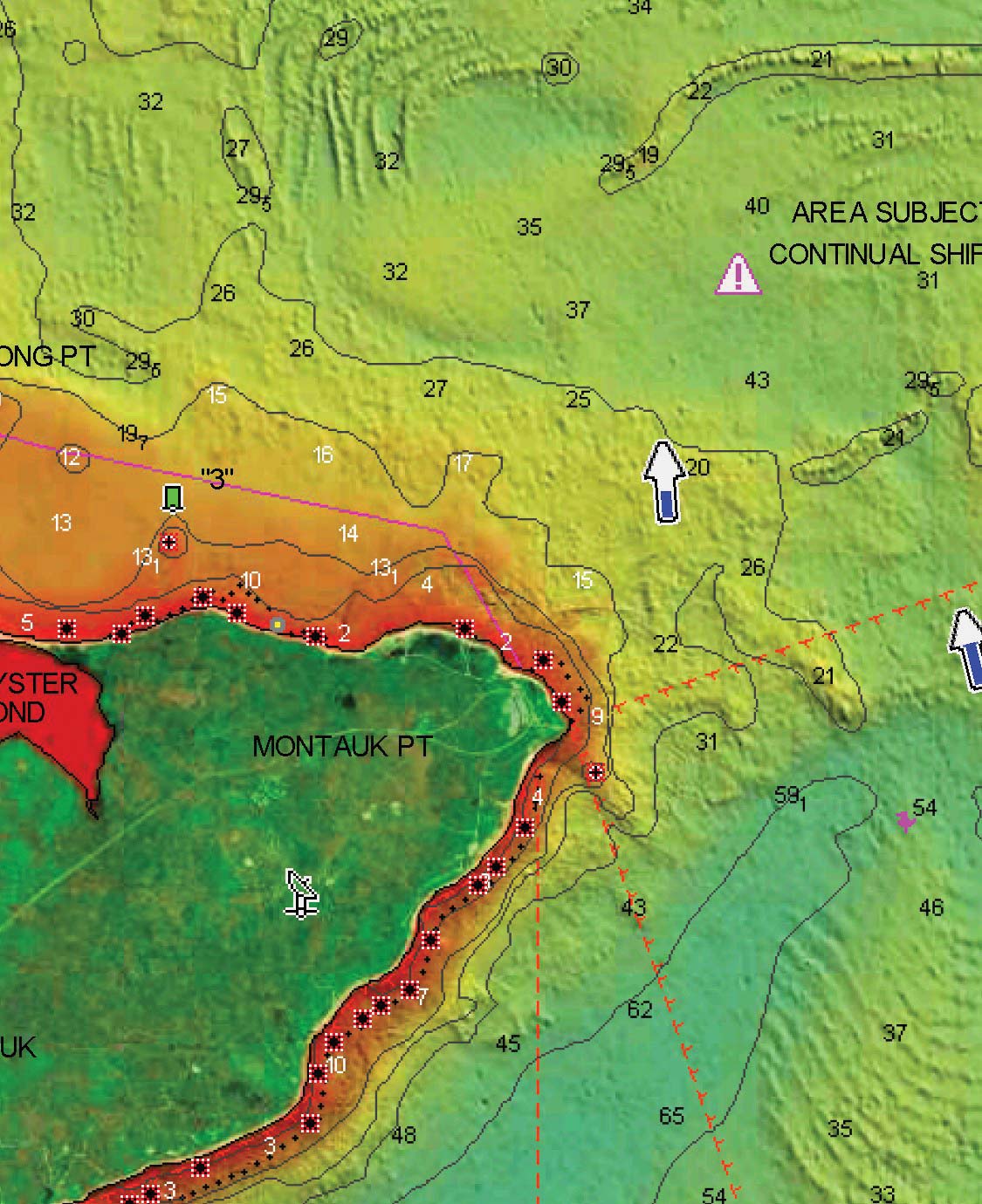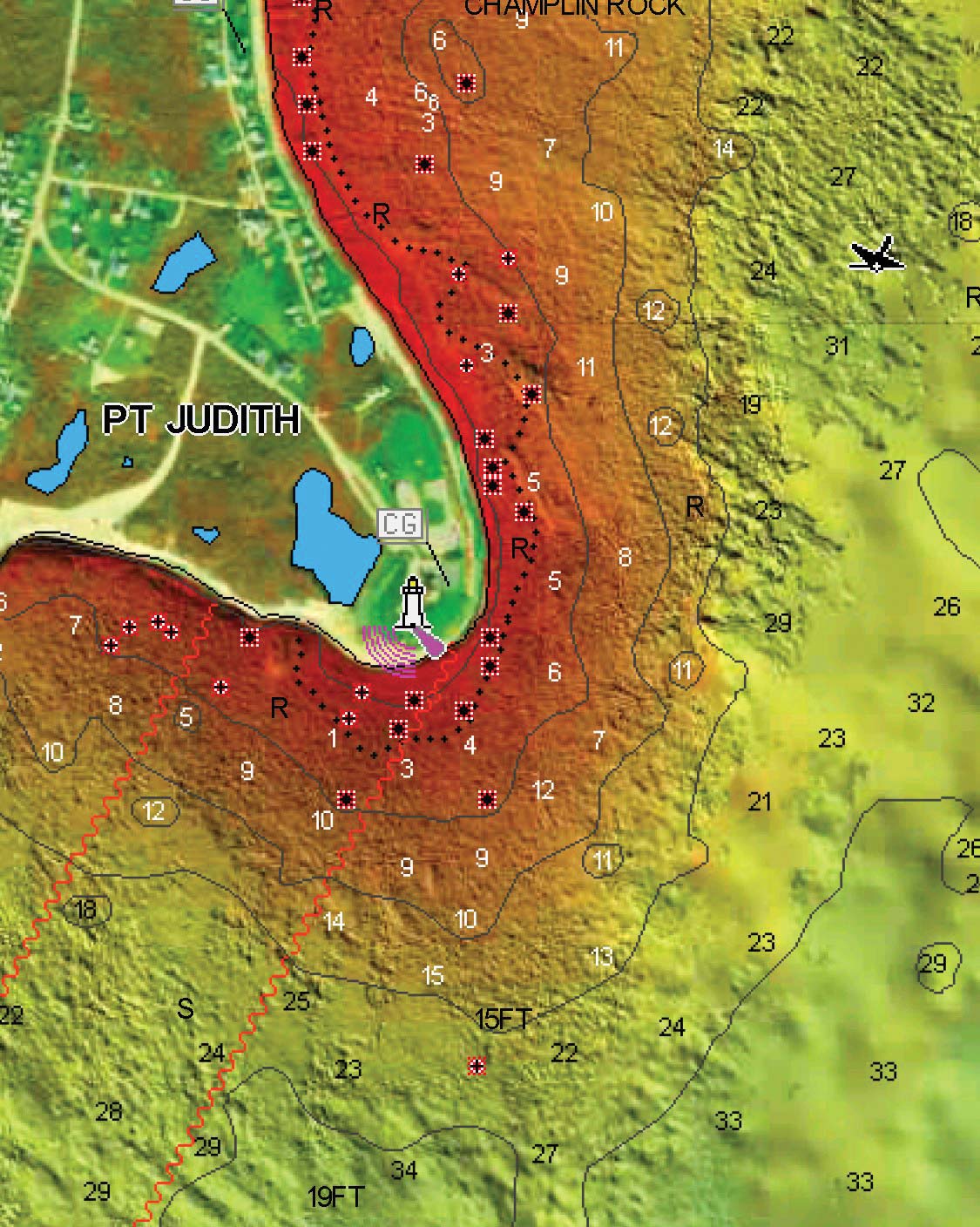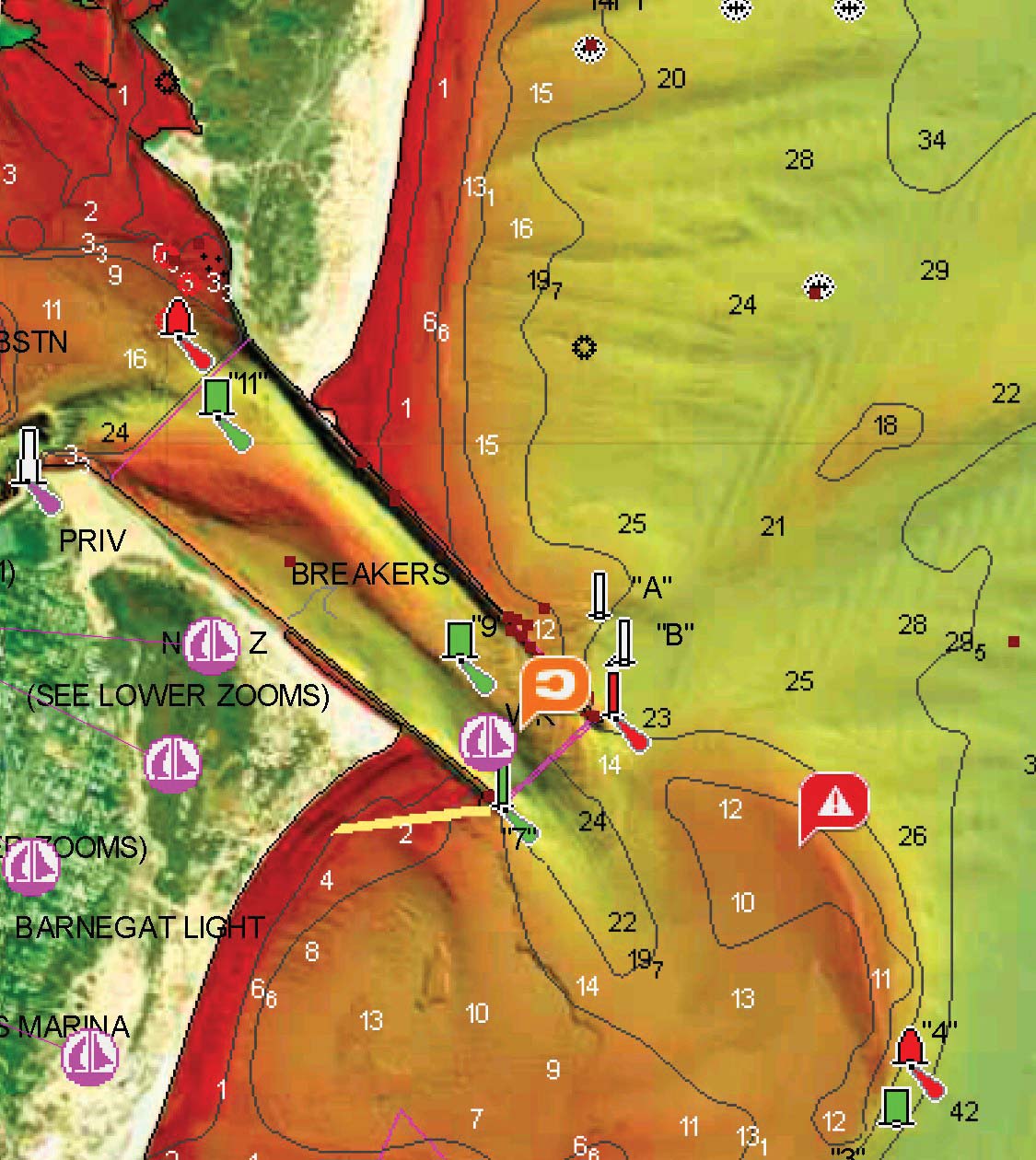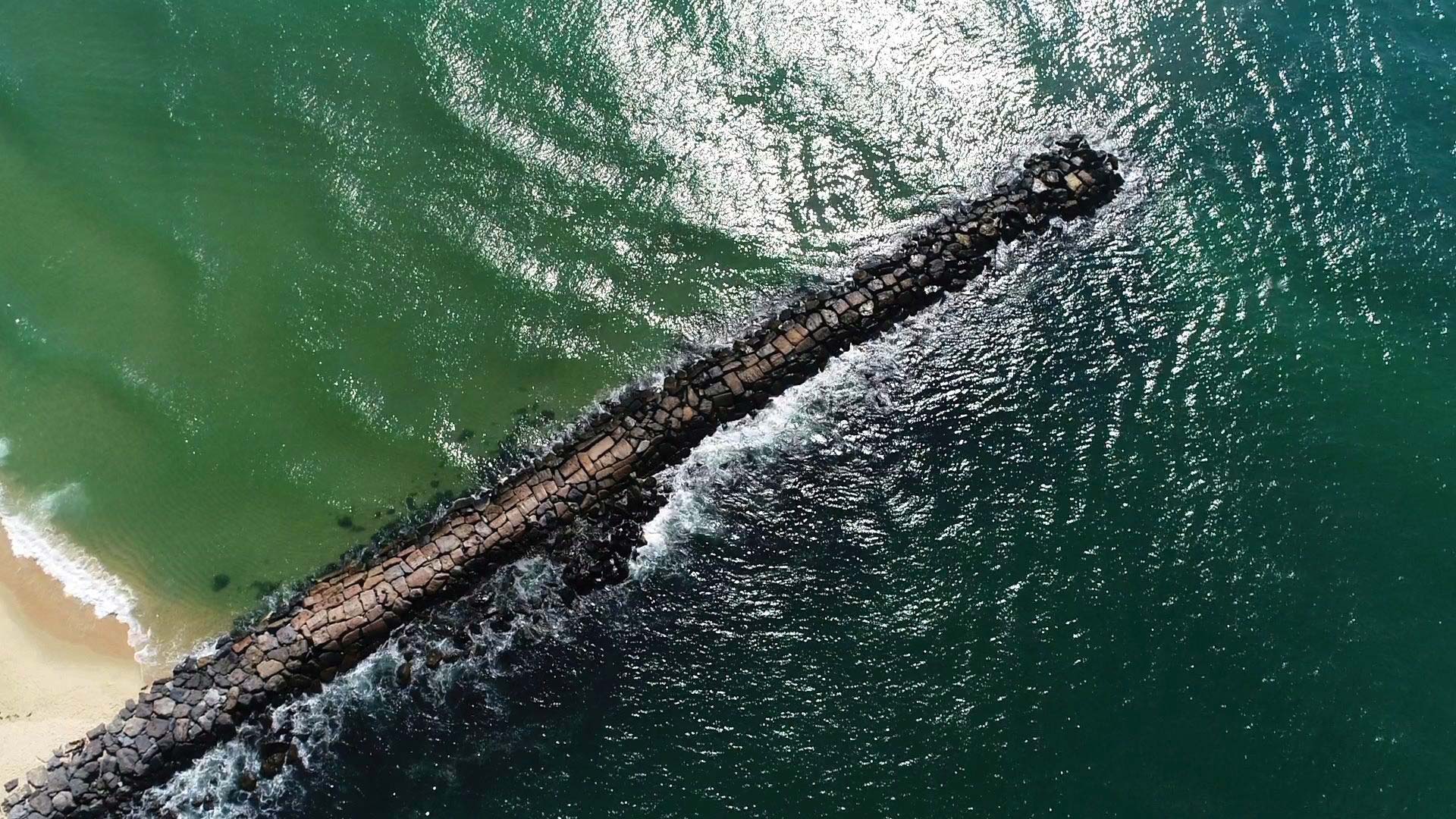
The practice of scouting in the winter for me consists of traveling to places I have and haven’t gone before.
It’s the winter, cabin fever has set in. You’ve already changed all those rusty hooks, tied up dozens of leaders, fixed broken guides, serviced reels and watched all The Fisherman Magazine’s YouTube videos…twice. While all these things can be done in the comfort of your home while you’re dreaming of being out fishing, there is one thing you can go out and do in the exact spots you will be spending hours at a time during the striper season, minus the rods and reels—winter surf scouting.
For me, the practice of scouting in the winter consists of traveling to spots I know well and new places I want know more about. Checking in on the spots I already fish is the equivalent of downloading an update in my head. These spots are typically beaches where the soft structure is always changing. Certain points on beaches can stay the same year after year but in my opinion, it’s always wise to get a firsthand look at them in the winter months.
Now here’s where it gets interesting—visiting locations that I have not set me eyes on previously. Any spot that I can add to my ever-growing arsenal will make me a better surf fisherman down the line. These can be hard structure locations that I don’t have to worry about changing much at all from season to season. Spots like these can be relied on for having the same rips, drop-offs or points year after year. These are the types of locations where I know that if I show up to in the dark of night, the structure will 100 percent be the same, giving me a better success rate.

The Soft Stuff
On your mission to scout soft structure you’re going to want to look for any type of wave break before the sand on the beach. For example, if you see a wave break 50 yards off the sand, that means the water between that breaking wave and the sand at your feet is much deeper. A sandbar is what’s causing that wave to break. These deep spots will hold bait, in turn attracting predators when they’re present. Cuts in the outer sandbar are also good points to take note of. These areas provide a funnel into the trough and – in reality – create a mini inlet for bait and stripers to travel, in and out of. You can identify a cut in the bar by identifying breaking water on a sandbar with smooth water in the middle that isn’t breaking.
The one thing to keep mind when scouting soft structure, is that it will always be changing and might disappear completely after a strong storm. Don’t get me wrong, beaches like Smith Point, Nauset Beach and Island Beach State Park all have stretches that will generally remain the same year after year. The reason for that is the prevailing currents that sweep down the beach season after season. These are good spots to take note of when scouting. Drop pins on maps or take note of your surroundings when you locate ideal looking bars and troughs. A uniform beach might make it hard to find spots again with without a landmark—especially at night. You can best identify most of this structure at low tide.
Depending on the rules and access to certain beaches, you can approach scouting out a beach a few different ways. Some beaches allow for early 4×4 vehicle use, meaning you can air down and take a winter drive on the beach. This is by far the easiest way to cover the beach, you can do miles in a day with the radio playing, the heat blasting and a hot coffee waiting in the cupholder.
While covering ground is a wonderful thing, I can safely say that in my years of surfcasting with and without a 4×4, I paid attention to more detail when scouting a beach on foot. Plus it’s a great way to get in some exercise during the winter. Obviously the slower pace at which I would walk at compared to driving would let me get a better look at the way the water breaks on the bars. Walking also allows me to stay closer the waterline, allowing me to see any hidden beach lips and drop-offs that I may miss if I were driving.
Maybe the best of both worlds for doing this type of scouting could be the use of a beach bike. Both motorized and non-motorized will work. These beach bikes allow you to travel at a faster pace than walking and at the same time you will want to travel on the hard packed sand close to the waterline to get the bike to perform best. The only downsides are actually making the investment in a beach bike which can set you back well north of $1000. The battery life of an electric bike in the cold is also a con. The last thing you want is a bike battery to die on a beach in the middle of the winter. Still, if you’re cautious, you shouldn’t run into an issue with a dead battery. Some beach-bikers invest in a spare battery right from the start.
Don’t be afraid to scout sand beaches again during the actual season also. Take notice of the changes that may or may not occur in scouted spots. If a significant storm hits, be sure to observe the outcome when the water settles. You might find that your productive spot is unrecognizable after Mother Nature takes her toll.
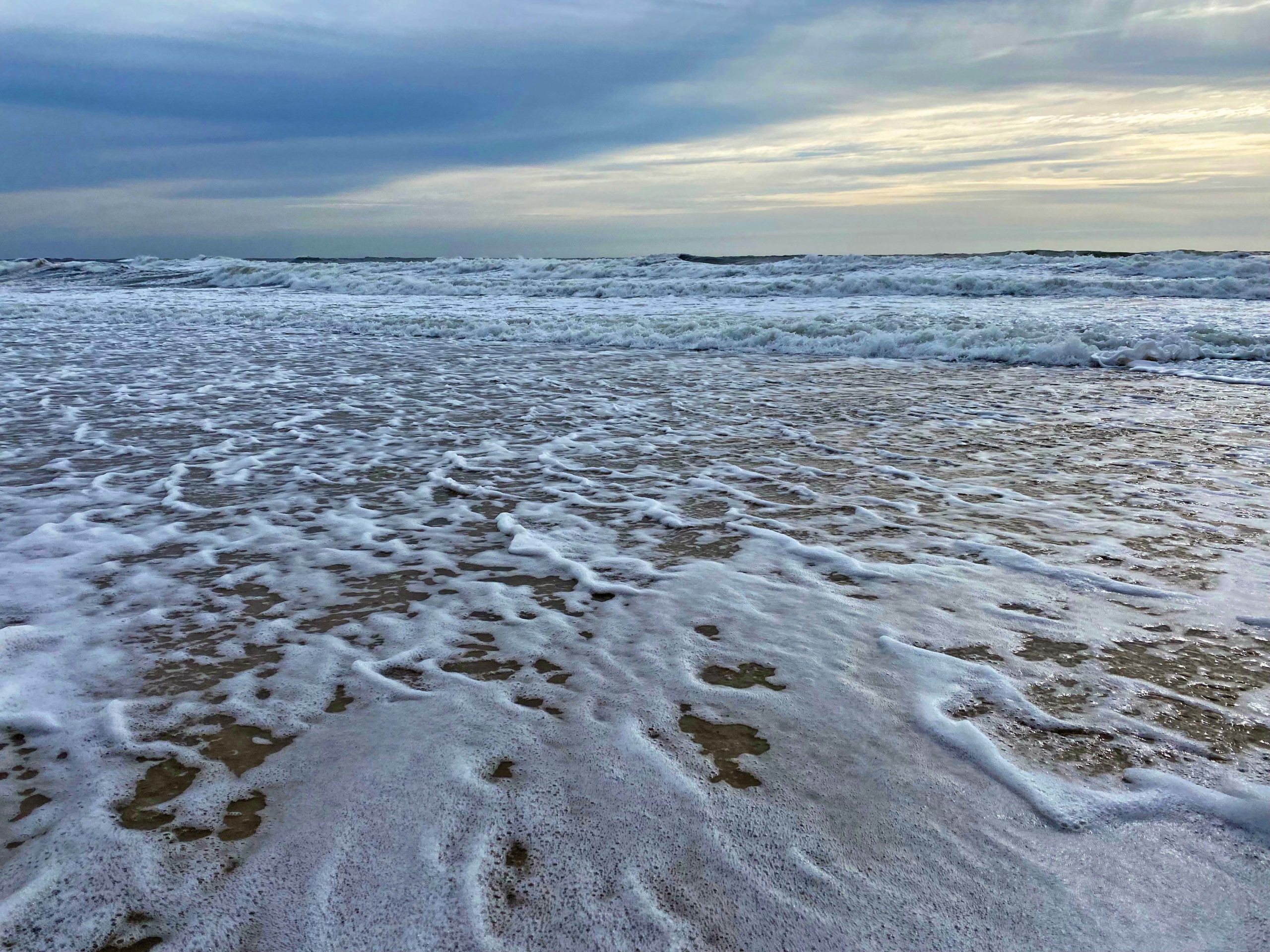
The Hard Stuff
One thing I love about hard structure is the fact that it never moves. This makes it a sure bet every time I return during the season. The bet isn’t even whether the fish will be present or not but more that if I saw a rip in March during the last of the ebb tide, that rip will exist in the same location in October on that same ebb tide. In turn, these “sure things” will increase your odds significantly when applying them during the surf fishing season.
Hard structure is generally made up of rocks. These immovable objects stand the test of time for the most part and provide consistency—a surfcasters best friend. Not all rock structures are the same though. I can think of three different types that have all produced for me.
Deep Boulders
Fishing deep, solid structure has to be one of my favorite ways to target large fish. The boulders give fish plenty of room to hide behind and break current, while the deep water will provide safe haven for a fish to retreat to. Try scouting these locations at low tide to discover where they may exist. Remember, pay attention the surface of the water to get an idea of what’s underwater. In some locations, using an aerial drone may allow you to see through the water on a clear day. If the boulders are large enough, you could possibly spot them from the sky. Now also keep in mind that the rips created from these boulders can be completely different on the opposite tide so sticking around for the turn can unveil even more mystery to you.
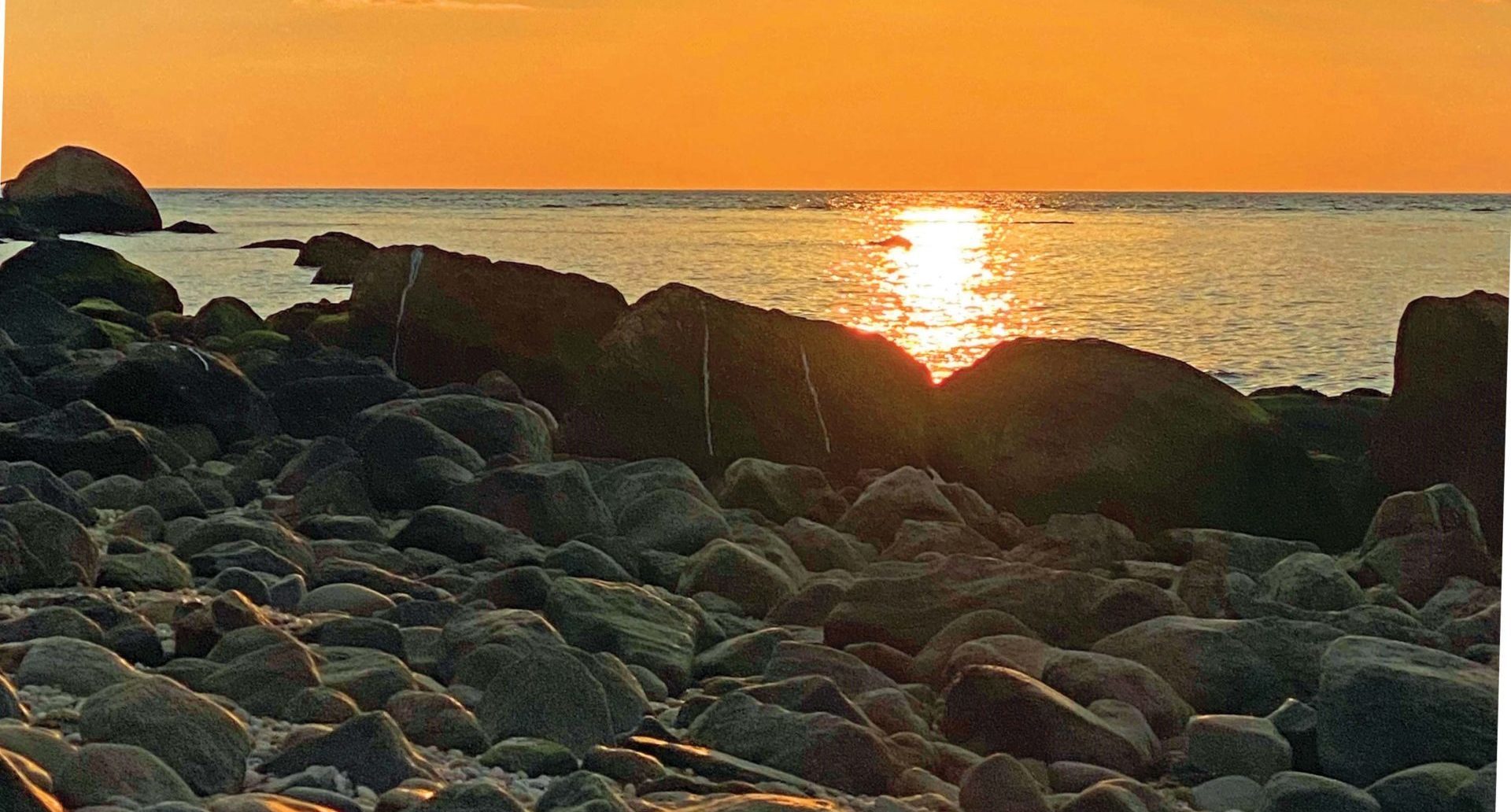
Shallow Rock Fields
While deep structure has its moments for sure, fishing shallow areas offers a huge payoff too. Predators enter these areas to exert less energy and pick upon crustaceans and small fish in the rocks. You can incorporate the use of a drone once again to scope out these areas. Sometimes if you have a low enough tide and enough wind in your face, white water can break on these shallow areas exposing them to your eyes. Somewhere that seems lifeless at low tide can be completely different at high tide. Take note of tide heights also. Certain areas experience extreme tides in excess of 6 feet. This means a spot where you may be standing in ankle deep water can be over your head once all the water comes in—plenty of room for a school of fish to come in and navigate.
Jetties
One of the first areas I thoroughly learned the ins and outs of were jetties. One of the reasons why this type of structure is regarded as a great fish catching location is its ability to simply attract them due to current breaks and bait that congregates around them. Keep in mind a jetty can be a single rock jetty placed on a beach or it can be one of a set of two that maintains an inlet—both can produce big catches. My big piece of advice when learning about inlet jetties is to make a couple of trips to the one you’re looking to scout. Arrive once at flood tide and observe and then repeat a different day at peak ebb tide. During the peak times of a tide, the water is running at its hardest and the rips and eddies will show themselves best in an inlet—you will learn the most then. Wearing a good set of boots with Korkers and walking the length of the jetty will help you spot all the important giveaways on the surface of the water. A lot of inlets have main rips but also remember if that main rip happens to be crowded with casters, your scouting may provide a backup plan in the form of a secondary rip that may hold lots of fish and very few casters. Remember to keep an eye on the structure close to the rocks of a jetty. Sometimes rips and eddies can form right at your feet. These are good spots to cast a swimming plug parallel to the rocks.
With technology these days at our fingertips, it makes winter scouting that much easier. You can drop pins on all spots of interest and use the notepad on your phone to jot down thoughts and observations. Think of winter scouting as prep work for the season ahead. Every location you can add to your repertoire gives you an advantage during crunch time. Having a portfolio of spots and “plan b’s” is only going to help you succeed, with more spots to try tricks to kill the skunk.
| COUCH SCOUTING | ||
| Did I mention you can launch a winter scouting mission from the comfort of your warm couch also? Using the Navionics app for Android and iOS mobile devices can help you discover rock piles, deeper water spots and points with ease. Of course this app is no substitute for scouting in the field but it does help you get a sense of good locations to head to. The United States version is available for purchase for a yearly subscription charge of $14.99—well worth the fee in my opinion. | ||
|
|
|
|

